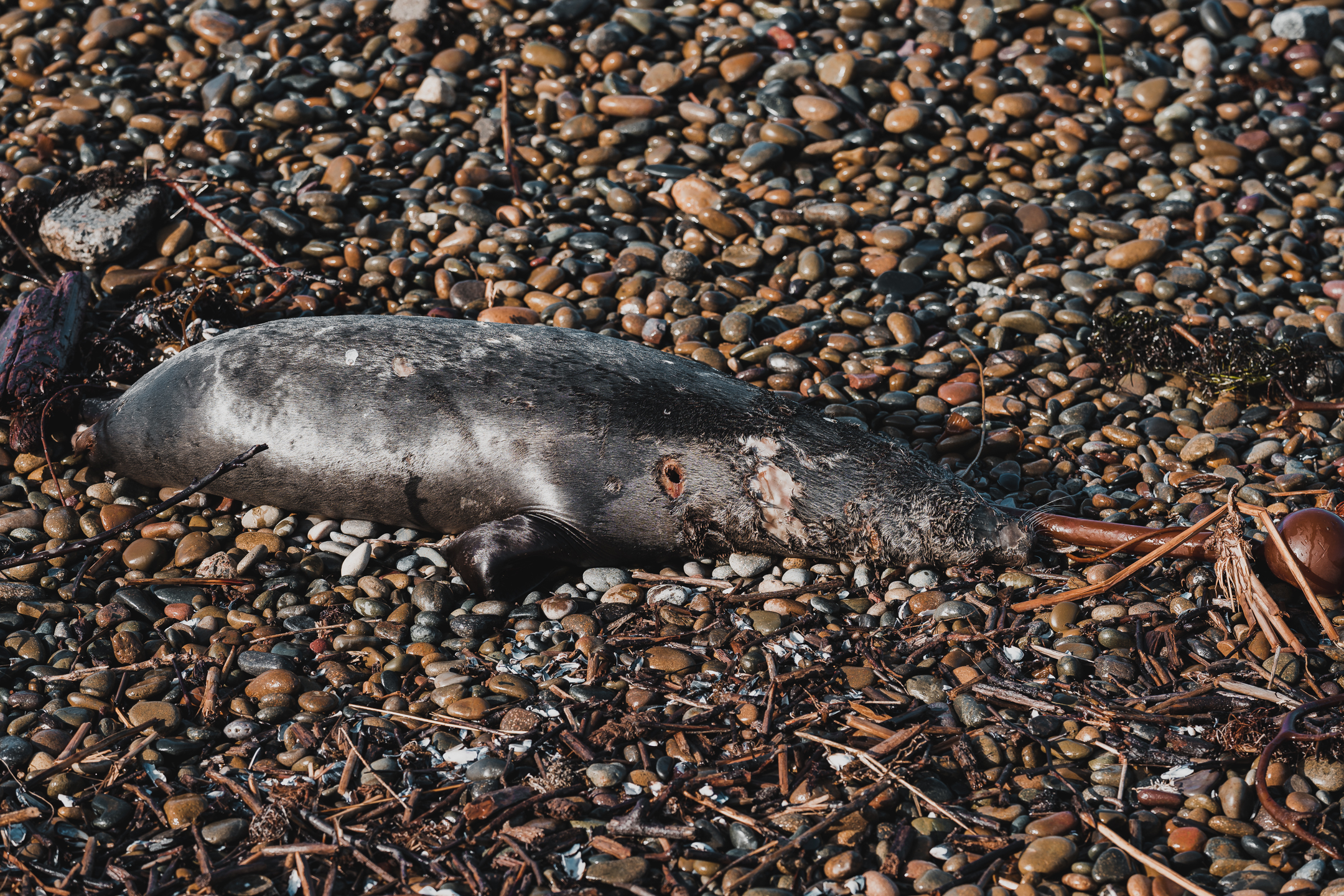A red tide, known as a harmful algal bloom, is currently ravaging marine wildlife off the Southern California coast. This toxic algae bloom, containing the potent neurotoxin domoic acid, has been responsible for sickening and killing hundreds of sea lions and dolphins, according to the California Department of Fish & Wildlife.
News sources, including Reuters and USAToday, reported that by July 1st, the red tide had impacted all San Diego beaches, with domoic acid levels reaching double the 500 nanograms per liter considered harmful. The algae is a natural phenomenon, but experts say its proliferation can be influenced by human causes such as climate change and excessive nitrates washed out to sea.
Prior to June 8th, Sam Dover, executive director of the Channel Islands Marine & Wildlife Institute, reported roughly one call per day concerning a sick marine animal. The situation escalated rapidly, with over 300 daily calls about sick or dead dolphins and sea lions since early June. “We’ve never had numbers this high. It’s just out-of-control high,” Dover confessed. It was the worst occurrence in his lifetime, stressing marine mammal care centers in Los Angeles County, which are now operating at maximum capacity due to the exceptionally high number of ailing animals.
The algal bloom began in Santa Barbara and has since expanded its deadly reach to counties further south and north. Sea lions and dolphins have been found on California beaches suffering seizures, unconscious, or even dead. Many volunteers are left with the agonizing decision of euthanizing suffering animals that are past the point of recovery.
Dover explained that animals brought in for treatment receive fluids, food, and anti-inflammatories to flush out the toxins. However, survival is challenging, and even if the sea lions live, permanent brain damage is a likely outcome. “Mortality rates with the adult sea lions have been significant, and animals are dying despite our treatment,” noted Ruth Dover, managing director of the Channel Islands Marine & Wildlife Institute, in an email about the crisis.
With this rapid spread, the crisis has extended to San Diego, where the beaches are forecast to be hit by the red tide as early as tomorrow. NOAA has warned beach-goers in central and Southern California to steer clear of sick animals and ensure their pets do the same as these marine animals can carry harmful diseases.
The red tide outbreak highlights the crucial intersection of environmental health and human activity. As we face more frequent and devastating events, researchers and conservationists stress the importance of maintaining sustainable practices and mitigating the impacts of climate change to protect our vulnerable marine wildlife.
While the immediate focus is on addressing the current crisis, there’s also a need for broader long-term strategies that can prevent or limit the impact of similar future events. These may include improved monitoring systems for early detection of harmful algal blooms, effective waste management to control nitrate runoff, and legislation to reduce greenhouse gas emissions.
This marine wildlife die-off in Southern California is an urgent call for environmental stewardship, underscoring the significance of our collective actions on the health and vitality of our oceans. Only through concerted efforts can we hope to prevent such devastating ecological disasters in the future.



